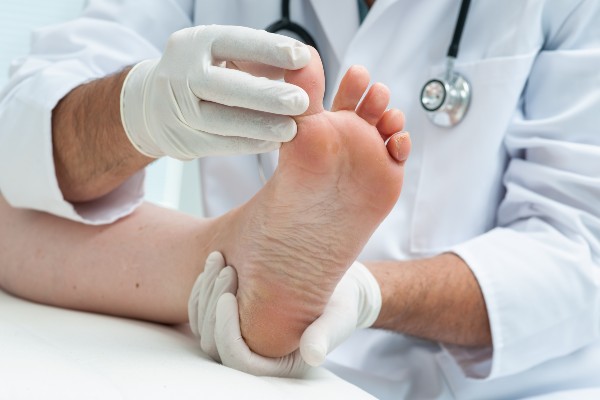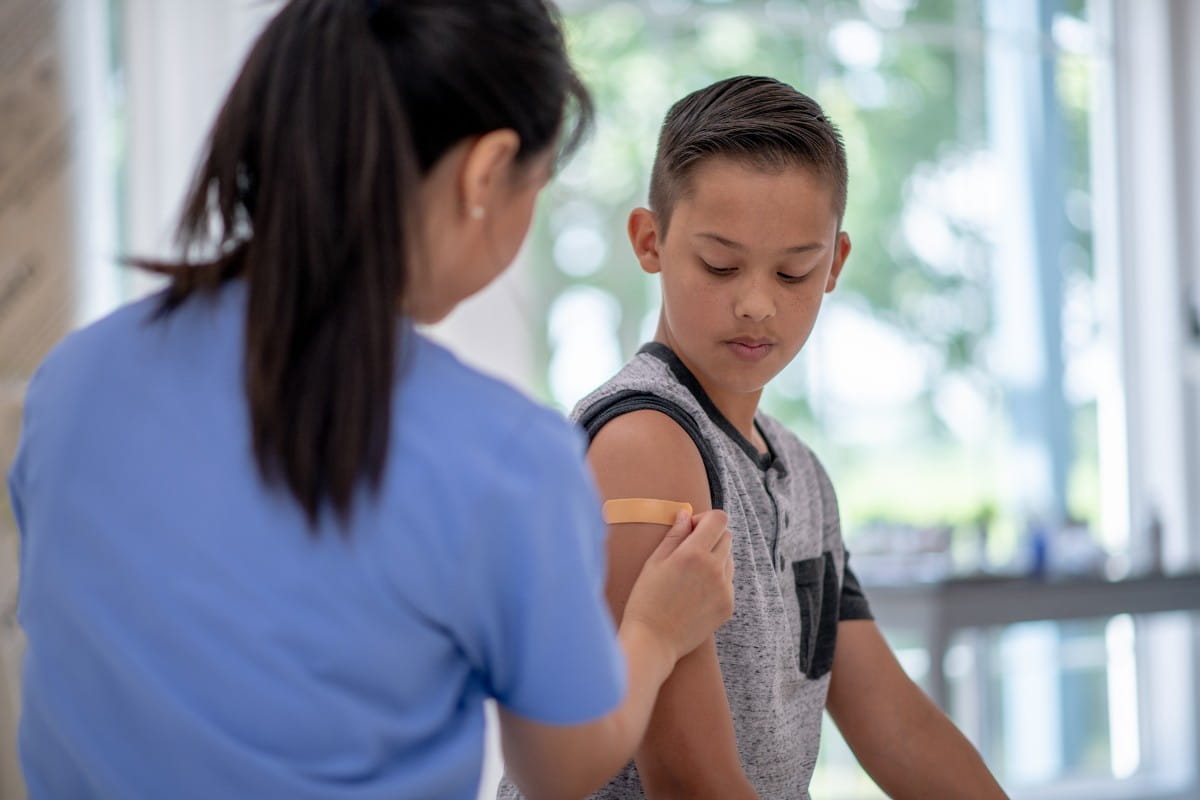Who wouldn’t want to step out this spring and summer with smooth, healthy-looking feet? No lumps, bumps or calluses. And flat, perfectly aligned toes.
Well, the reality is even a good pedicure can’t disguise some foot issues. Some people have pronounced toe deformities – hammertoe, mallet toe and claw toe.
Doctors call these issues lesser toe deformities – “lesser” because they do not involve the big toe. Toe deformities are not just cosmetic issues. They can be painful and make it extremely difficult to walk and wear normal shoes.
Depending on the extent of your case, minimally invasive surgery performed by a trained foot and ankle orthopedic surgeon may be a good option for you. Read on to learn more.
We turned to Jeffrey Levy, D.O, a fellowship-trained foot and ankle orthopedic surgeon with Riverside Orthopedic & Sports Medicine Specialists, to learn more about this foot condition and how it’s treated.
What are lesser toe deformities?
To understand what lesser toe deformities are, Dr. Levy recommends looking at the joints in your toes. Each toe has three joints – except for the first toe, the big toe. The big toe usually has only two joints.
Hammertoe
With hammertoe, your toe is bent at the middle joint. Just as it sounds, it looks a bit like a hammer. This deformity can happen to the second, third or fourth toe.
“You raise your risk for hammertoe if you wear shoes that don’t fit properly. Narrow shoes push your toes into a bent position. High heels force the toes down into the tip of the shoe, pressuring the toes to bend,” explains Dr. Levy. “If not treated in the early stages, the bent hammertoe can become fixed in the hammer position and require surgery.”
Mallet toe
A mallet toe is similar to a hammertoe. The difference is that with mallet toe, your toe bends in the joint closest to your toenail, instead of the middle joint. It usually occurs in your second, third or fourth toes. Potential causes of mallet toe include tight shoes, arthritis, muscle weakness and injury.
Claw toe
If you have claw toes, your toes actually resemble a “claw.” They bend upward from your joints at the ball of the foot and bend downward at the middle joint into the soles of your shoes. Some claw toes even bend at the top joint and curl under your foot.
What causes claw toe? Some people blame tight shoes and high heels. Another culprit is nerve damage and muscle weakness from diabetes or alcoholism.
At first, claw toes are flexible, but they can harden over time if not treated.
Side effects of toe deformity
If you have hammertoe, mallet toe or claw toe, finding comfortable shoes can be a nightmare. You may also develop corns and calluses where your toes rub against your shoes or against the ground when you walk. And that hurts.
Treating lesser toe deformities without surgery
To treat hammertoe, mallet toe and claw toe, your Dr. Levy will first examine your foot closely. If your toe deformities are not advanced, he will probably recommend a variety of nonsurgical treatment methods, including:
- Different shoes that have a wider space for your toes
- Sandals that don’t restrict the toes
- Exercises to stretch and strengthen the muscles in your foot
- Specific exercises designed to stretch the toes
If your toe deformity is advanced, you may need surgery.
What is minimally invasive surgery for lesser toe deformities?
If your toe deformities cannot be treated with nonsurgical methods, Dr. Levy, who is fellowship-trained to perform minimally invasive lesser toe surgery, may recommend surgery.
With minimally invasive surgery, Dr. Levy corrects your toe deformity with a procedure that requires only very small incisions – not the longer incisions used during traditional open surgery.
“We operate through those small incisions, using specially designed instruments and the guidance of X-ray imaging,” explains Dr. Levy. “We restore the normal alignment of the joint by doing soft tissue or tendon releases and then decide if any bone cuts are needed. Often no implants are necessary but sometimes we need to use pins or screws to keep the toe straight.”
What are the advantages of minimally invasive surgery over traditional open surgery?
Dr. Levy will perform your minimally invasive toe surgery at a hospital or surgery center – on an outpatient basis.
The top five benefits are:
- Minimal scar tissue
- Faster healing, less pain, scarring and swelling, and potentially lower risk of infection due to smaller incisions
- The procedure can be done under local anesthesia (similar to dentistry sedation – relaxed but not put to sleep)
- Less damage to the tissues crossing the toe joints – which drastically reduces the risk of future joint stiffness
- No cast or crutches needed (After minimally invasive surgery, your foot is wrapped in a soft dressing. You can walk right away in a surgical shoe. Most patients transition to regular shoes by six weeks and drive a car and return to work soon after.)
If you’re considering minimally invasive foot or toe surgery, it’s a good idea to visit a foot and ankle orthopedic surgeon like Dr. Levy who has special training in this method.
To make an appointment with Dr. Levy, please call 757-534-9988.



